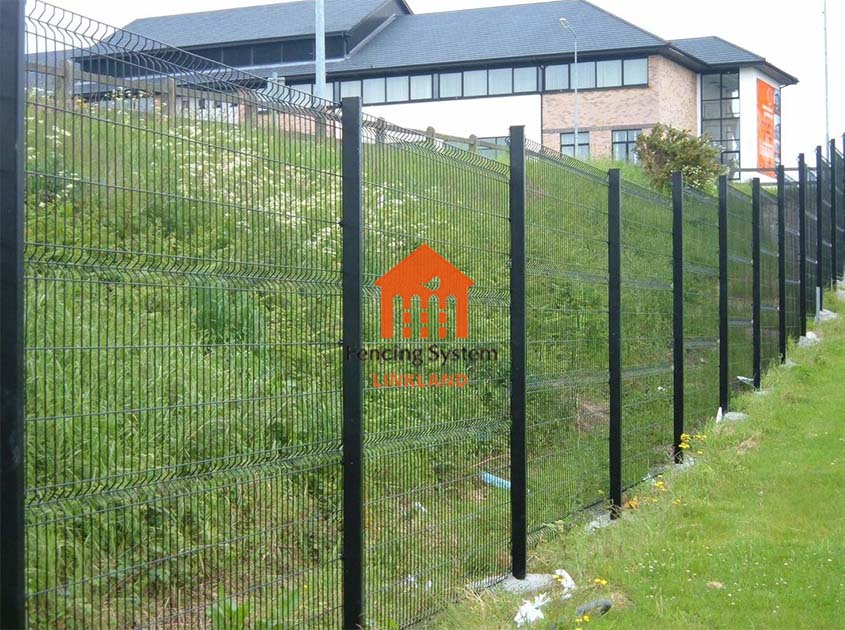Challenges of Traditional Fence Protection
Traditional perimeter protection technologies face some challenges in the face of modern security threats. Traditional fences are easily climbed or broken and cannot provide adequate security. Therefore, people began to seek more advanced technology to deal with the evolving perimeter security needs.

Introduction of 3D fence technology
As an important innovation in the field of fence protection, 3D fence technology has received widespread attention. This technology uses special structures and materials to turn the fence into a three-dimensional barrier that is difficult to climb and cross. 3D fences are designed to exist on multiple planes and combine rigid members and high-strength mesh to provide increased security and protection.

The Evolution of 3D Fence Technology
With the continuous advancement of technology, 3D fence technology is also constantly evolving and improving. The original 3D fence is mainly constructed of metal materials, which has good strength and protection effect. However, over time, new materials and manufacturing techniques were introduced, such as fiberglass reinforced plastic (FRP) and carbon fiber, to further improve the performance and durability of 3D fencing.
Advantages and Applications of 3D Fence Technology
3D fencing technology has many advantages and wide applications in fence protection. First, its three-dimensional structure and difficult climbing characteristics effectively deter illegal intrusion and vandalism. Secondly, 3D fences can be integrated with modern security systems, such as video surveillance, intrusion detection, and smart alarm systems, to provide comprehensive security protection. In addition, 3D fences are also widely used in various places, such as airports, prisons, industrial parks and military bases, etc., to provide reliable fence security protection for these areas.
To sum up, 3D fencing technology, as an important innovation in the field of fence protection, has undergone evolution and development to meet modern security needs. Its unique three-dimensional structure and difficult-to-climb characteristics make it an efficient and reliable enclosure protection solution, and it is widely used in various places. As the technology develops further, we can expect 3D fencing technology to continue to improve fence protection in the future.
Pre:Comparing Traditional Fencing vs. 3D fence Systems: Which Is More Effective
Next:3D fence complies with industry standards and regulatory requirements